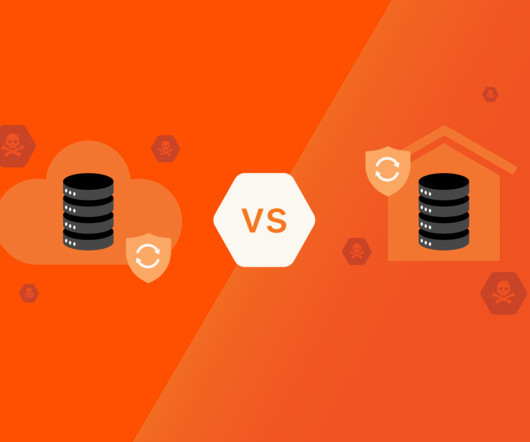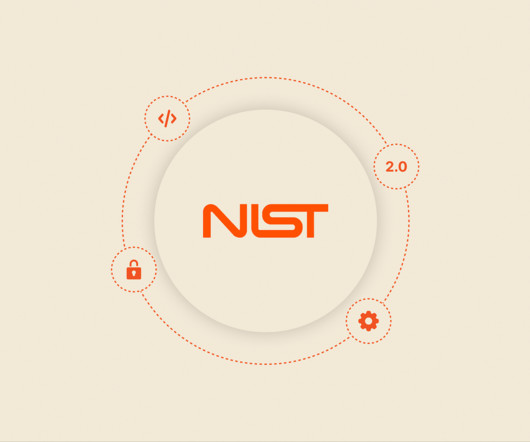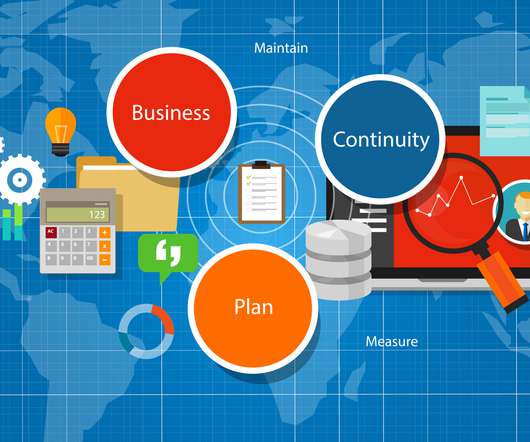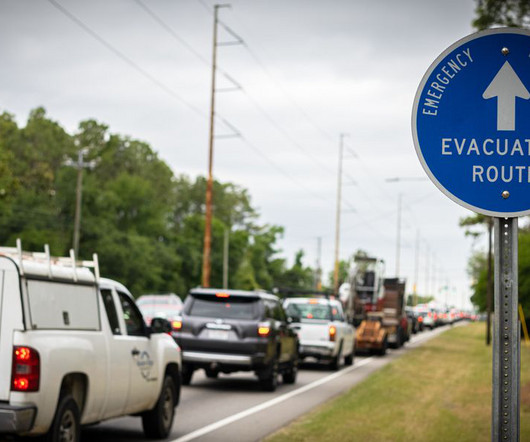Double trouble: When climate change and cyber crime collide
everbridge
NOVEMBER 11, 2024
Today, many BCDR programs rely on response plans for a handful of most likely potential incidents. Additionally, the vulnerability of critical infrastructure like power grids, communication networks, and transportation systems during times of crisis makes them prime targets for state-sponsored cyberattacks. Build awareness.























Let's personalize your content